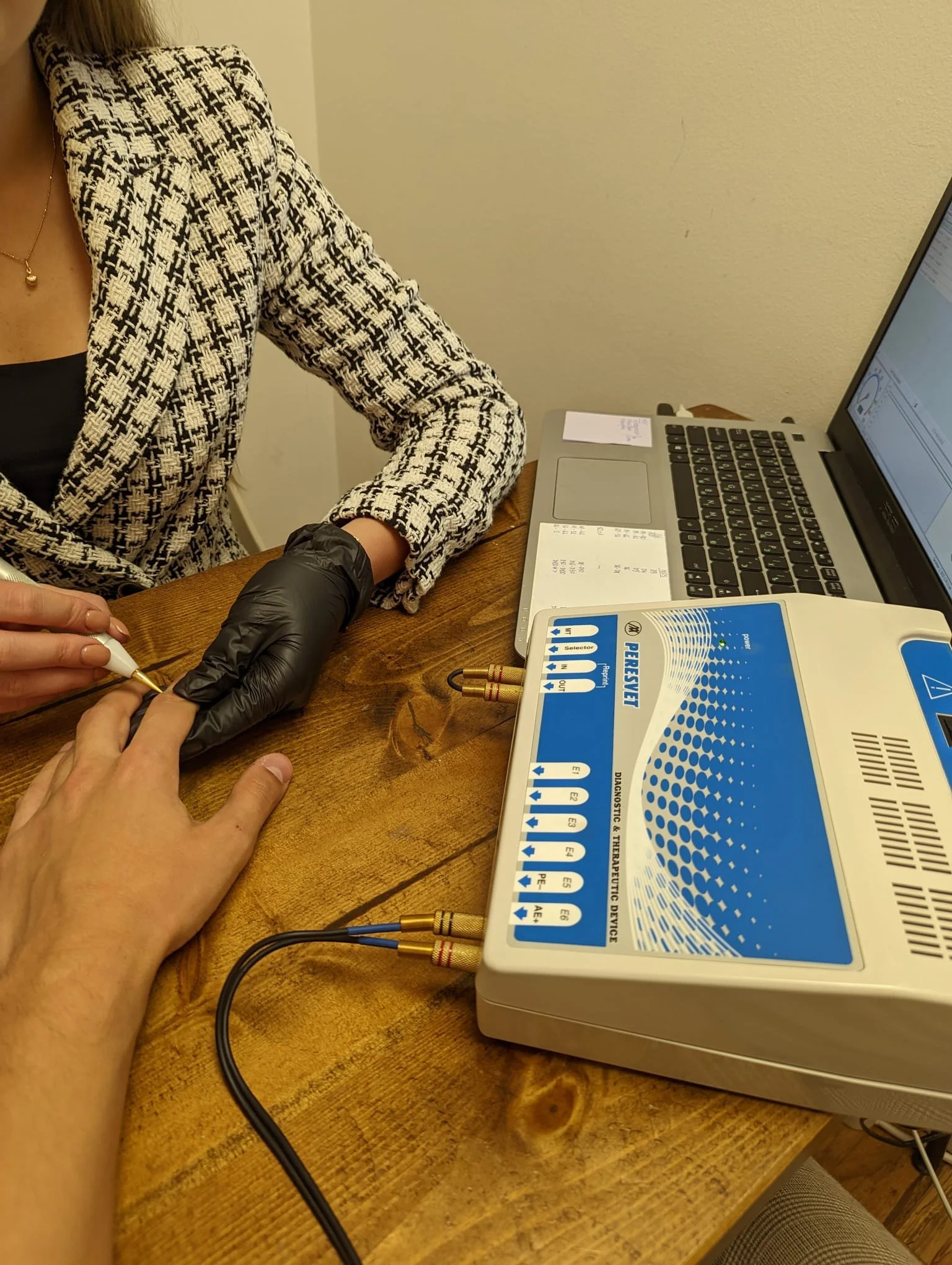Your Guide to Electrodermal Screening: Answering Your Frequently Asked Questions
Electrodermal screening (EDS) is a popular diagnostic tool used in alternative and complementary medicine. It's a non-invasive method of measuring electrical conductivity through the skin to detect imbalances in the body and provide personalized recommendations for improving overall health and wellness. However, many people may have questions and concerns about what to expect during an electrodermal screening session. In this blog post, we will address some frequently asked questions about electrodermal screening to help readers feel more informed and comfortable with the process.
Q: What should I expect during an electrodermal screening session?
A: During an EDS session, you will typically be asked to hold a small metal rod in one hand while the practitioner applies a small electrical current to different points on your skin, usually on the hands and feet. The current is very low and is not painful or harmful in any way. The practitioner will use specialized software to measure the electrical conductivity of your skin and provide information on any imbalances or issues that may be present.
Q: How long does an electrodermal screening session take?
A: The length of an EDS session can vary depending on the practitioner and the complexity of the issues being addressed. Generally, an initial session may last between 60-90 minutes, while follow-up sessions may be shorter, around 30-60 minutes. But in my practice, I want to make sure that we can dive deep into your physical, mental, and emotional bodies and understand everything that is going on in the present moment so I say for my clients to book 120 minutes in their calendar just in case - I won't let you go because it is time, I will let you go when we both happy and understand the problems.
Q: What kind of information can electrodermal screening provide?
A: Electrodermal screening can provide valuable information about the functioning of various systems in the body, including the digestive system, immune system, and nervous system. It can also identify imbalances in energy meridians and provide information about nutritional deficiencies or toxicities and find the root cause of the symptom that you are feeling.
Q: Is electrodermal screening safe?
A: Electrodermal screening is a non-invasive, safe, and painless method of measuring electrical conductivity through the skin. However, it's important to work with a qualified practitioner who has been trained in the use of EDS and understands how to interpret the results.
Q: How often should I have an electrodermal screening session?
A: The frequency of EDS sessions can vary depending on the individual and their health needs. Some people may benefit from regular sessions every few months, while others may only need occasional sessions to address specific issues or concerns.
In conclusion, electrodermal screening can be a valuable tool for identifying imbalances in the body and providing personalized recommendations for improving overall health and wellness. By addressing some frequently asked questions about electrodermal screening, we hope to help readers feel more informed and comfortable with the process. If you're interested in EDS, be sure to work with a qualified practitioner who can provide guidance and support throughout the process.
